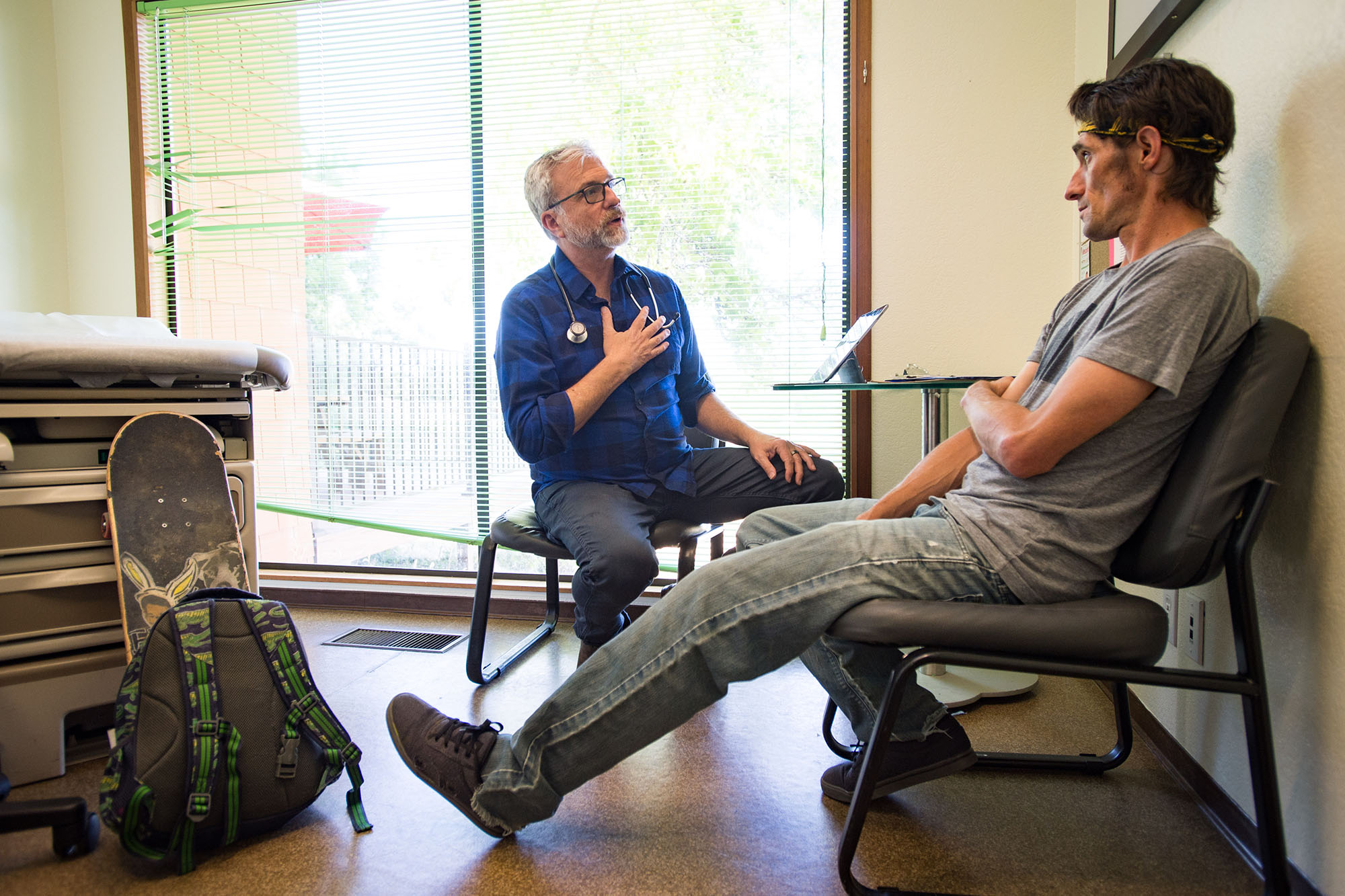View the Report
Jump to All Downloads & LinksBackground: California Future Health Workforce Commission
In February 2019, the California Future Health Workforce Commission published its final report, which proposes a comprehensive plan for closing the state’s workforce gaps by 2030. The report is the culmination of the combined efforts of a statewide leadership group representing the health, education, employment, labor, and government sectors, along with those of Commission staff, technical advisory committee, and subcommittee members and stakeholders.
The Commission recognized that workforce issues exist at multiple license levels and that midlevel practitioners are necessary for meeting workforce needs across the state. Following on the work of the Commission, CHCF asked Health Management Associates (HMA) to gather information on:
- The financial support offered to Californians engaged in training to become non-physician providers
- The data collected on these efforts
Overview and Recommendations
HMA conducted a literature review combined with key informant interviews and data collection on available funding sources in order to understand the financial support available to California residents engaged in training to become physician assistants (PAs) and nurse practitioners (NPs). The literature review provided insights into both what is known about the relationship between various educational funding sources for these students and their educational and employment choices, as well as the potential sources of data collected about the key attributes of that relationship. The authors sought to understand what data are collected and where there are gaps, and hoped to be able to say something about the merits and impact of providing funding for PA or NP training.
The authors make the following California-focused recommendations:
- Expand California’s state-level opportunities for financing educational debt for primary care non-physician providers, including reassessing the global amounts available for offsetting educational debt.
- Make primary care more appealing to offset trends toward specialization.
Read the full report for details on the analysis and recommendations.





